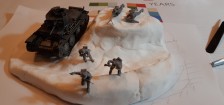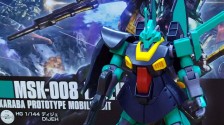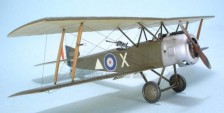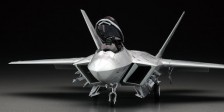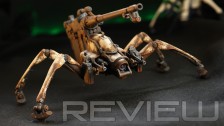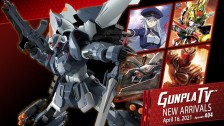Available from HobbyLink Japan
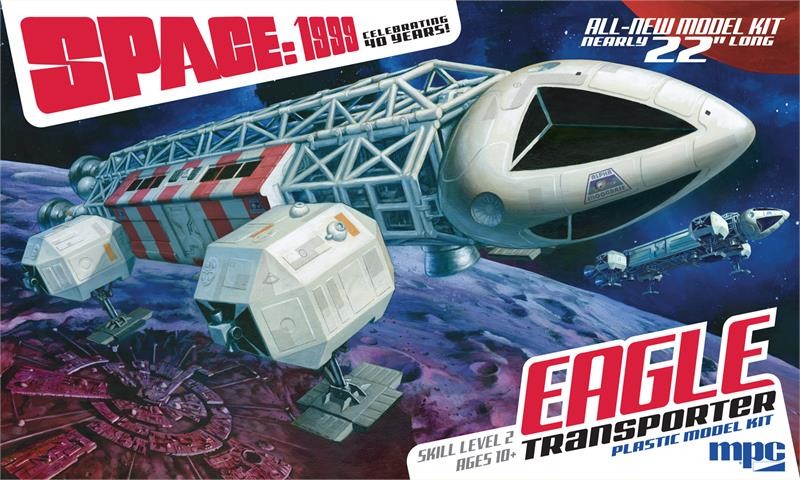
The Eagles are Coming….
Gerry Anderson, along with a variety of collaborators across many decades, has been responsible for the production of some of the most entertaining and challenging programming on British Television. From the simple days of The Adventures of Twizzle, to his first outing with CG in New Captain Scarlet, Gerry was a creative dynamo, whose output stands as an eternal memorial to the great man.
However, and as Mr. Anderson stated himself on many occasions, standing behind him many times were many people who actually helped bring his worlds to life, and too his ideas from concepts to constructions:
The modelers…
Dream Makers
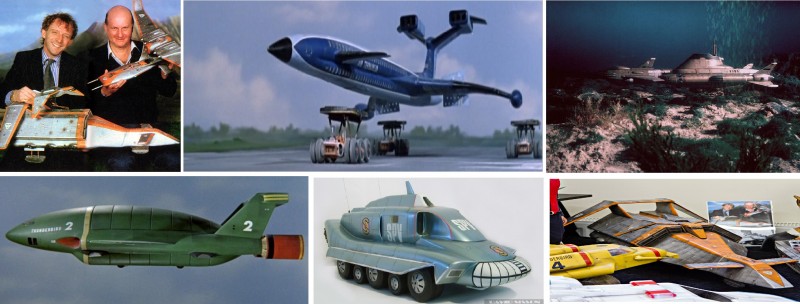

It is not possible to go into a detailed discussion about the depth and breadth of the talent to whom Gerry Anderson gave free rein to over the years, but even a quick glance at this short film will give you an idea of what was running about in the minds of folks like Derek Meddings, Christine Glanville, and Mike Trim (to name but a few) when they were tasked with bringing fantasy to life, in a down-to-earth way.
The ideals and the aesthetics of the time can be seen in each and every one of Anderson’s series through an examination of the models themselves. Serving as examples are the shining silver dreamscapes of the 1950s in shows like Supercar and Fireball XL5, in which the still largely-unrealized phantasmagoria of ‘space’ was being drawn out of the aether by curious minds – as it had been for decades, ever since the horse opera authors had out down their six guns (and donuts) to take up the concerns of the stars. This was an age of the ‘classic’ rocket and the B-movie boom. However, in both of these series, the designs reined in excess and presented the viewer with vehicles which had a grounded reality in them: possibly because they had to be fashioned AS models, and not just images in the mind, or jottings on paper.
The ’60s brought us cleaner and more practical designs, clearly based on the increasingly more commonly seen civil and military air traffic and increasingly political space race. The most important inheritor of this age was without a doubt Thunderbirds, which featured vehicles which positively screamed the extrapolated dreams of modelers who felt they were seeing the future laid out before them. As the US and Russia struggled to proclaim their superiority through a sort of conspicuous display of technology, AP Productions gave the world things the likes of which they had not see before. This is why it remains perhaps the grandest of all the Anderson series, in that the scope of the technology was clearly ‘real’ without being bound to the harder ‘facts’ which the lessons of the space race taught before the end of the decade.
And, speaking of which, once we reached the late ’60s and early ’70s, with series such as Captain Scarlet and UFO, we started to see the technology change again. More and more practical, more and more redolent of the more efficient technology of the age (as long as you ignore certain flying subs), the designs of these series still had a form of magic which went beyond mere reality. Indeed, though I claimed above supremacy of the aesthetics of Thunderbirds, there will be many who hold to this age of Anderson’s marvels.
UFO is an especially interesting case, not just for the flair of the designers, but because of how its cancellation mutated into another great show…
Before getting cold feet over the lack-luster syndication performance of UFO on the US scene, Sir Lew Grade had asked Anderson to draw up expanded plans for a second season of UFO, and by the time he pulled the plug, many of these concepts had already been put on paper (and beyond, for some). The concept dwelled around the idea that the off-world episodes had always drawn more of a positive reaction, so the series was to have involved an expansion of the Moonbase and the development of new technology to fight the increasingly desperate alien bodysnatchers.
Once the US ratings tanked, and the second season was scrubbed, Gerry refused to be downcast and simply amalgamated the ideas into a new proposal – set on a Moonbase, blasted away from Earth by a dire nuclear catastrophe and throwing everyone into a bit of a spin.
However, it was preserving the work of those who had contributed to the pre-prod. of UFO:02.
This would become Space: 1999…
Beautiful Ugly
One of the most immediate things one notices about the design for this series, at least as far as the technology is concerned, is that everything looks so practical and plausible, benefiting from Brian Johnson‘s love for the NASA and Soviet space program.
Eschewing the idea of the sleek, stylized space ships of previous decades (such as Thunderbird 3), Johnson, Martin Bower, and the show’s other effects techs delved into the bare-bones, practical – even industrial – nature of what practical technology for use in space should be. The EVA suits were plausible, the moon buggies looked the part (and a little cute), the base itself was a masterwork of modularity and, of course there was the modular Eagle Transporter – the crown jewel of the series!
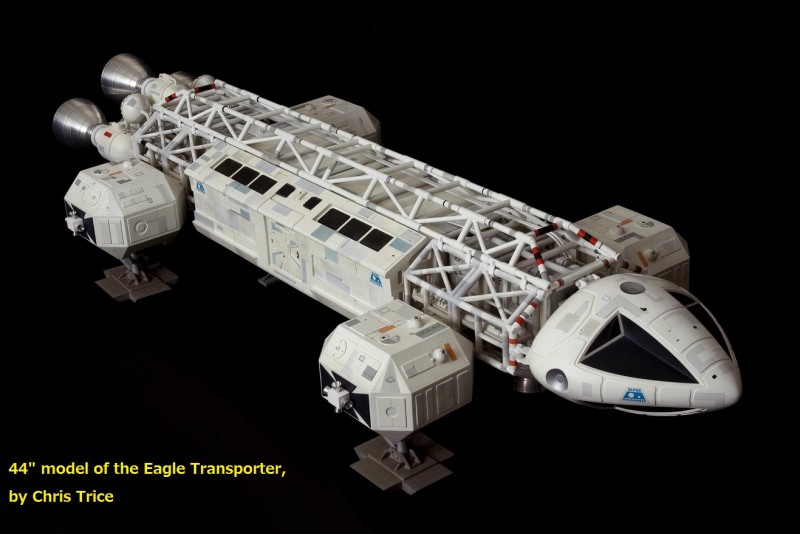

Though in many ways the Eagle looks like it was cobbled together from odds and ends from around a NASA workshop (and this would be a fair point of view), the whole has a pragmatic beauty like no ship before or since, which has allowed it to enter the eternal halls of SFdom as one of the icons of tech design, right up there with the NCC1701, The Seaview, and Falcon herself.
Over the years, a number of companies have released small kits and toys bases on this – from Dinky (whose sometimes odd choice of paint schemes will be remembered by fans of a certain age), to Imai, Product Enterprise, and a number of smaller garage kit companies.
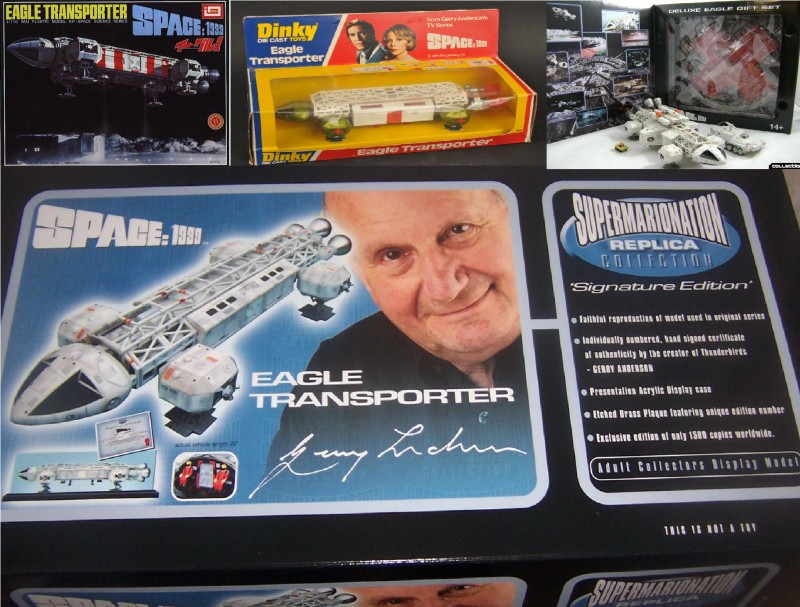

It was not much of a surprise that Round 2 models took an interest in the series, as they have developed a reputation for both bringing classic kits back to the market, as well as keeping an ear to the ground for openings in the marketplace: regularly polling the consumer base as to what kits would be met with a favorable response. This is pleasant to see from any company, but has something of a practical motive as well. Though rapid prototyping, CAD design and accurate CNC milling equipment have made injection mold making more reasonable over the years, it is still not cheap to put out a good styrene kit, especially of a subject that would be poured over so carefully by nit-picky fans (previous kits and toys were notoriously messed up in finish, detail, and scale – even their own re-releases of two 12″ kits, Eagle 1 and the Deluxe Lab Eagle).
Thus, when a 22″ studio scale (filming used several different sizes) kit was released, something of a storm was whipped up. Modelers around the world had been scratch-building, modifying, and generally bodging larger kits up for years, and the thought of being able to have a decent sized Eagle on the shelf (without putting down insane amounts of money for the increasingly rare Product Enterprise replicas) was something we could not believe ’til we saw it ourselves.
In part two, I will go more into the Eagle community who helped bring this kit about and look at the reaction to this beauty from the folks who made it possible.
This is a kit for which we have been waiting for decades.
Dr. Robodaz to Main Mission. We are opening the box!



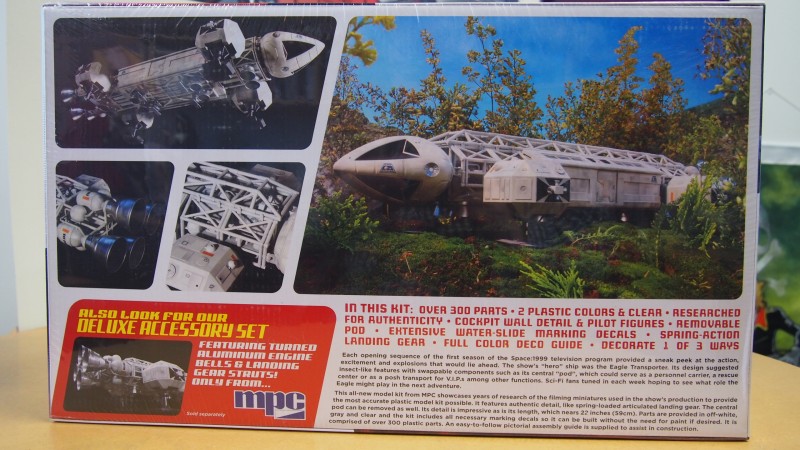

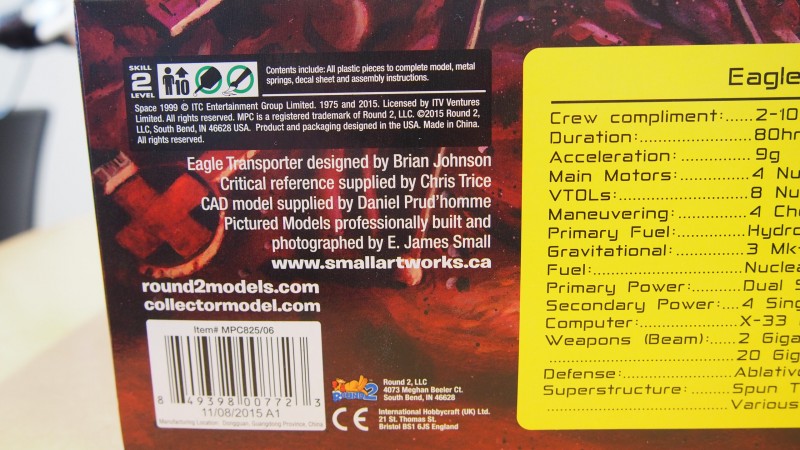

Though many people have had a hand in this kit’s development, James Hood, of Round 2, pays homage to those whose experience, and drive were of special importance.
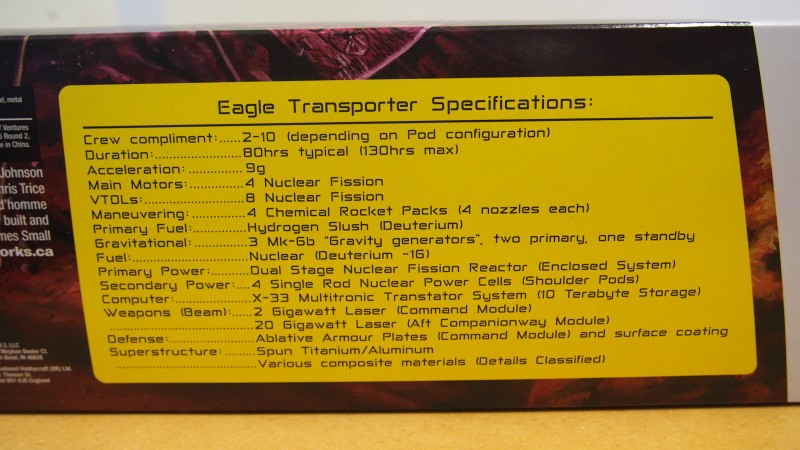

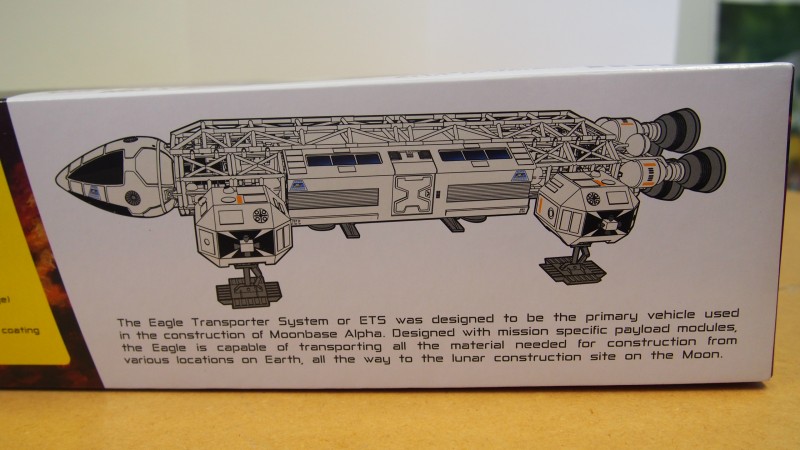

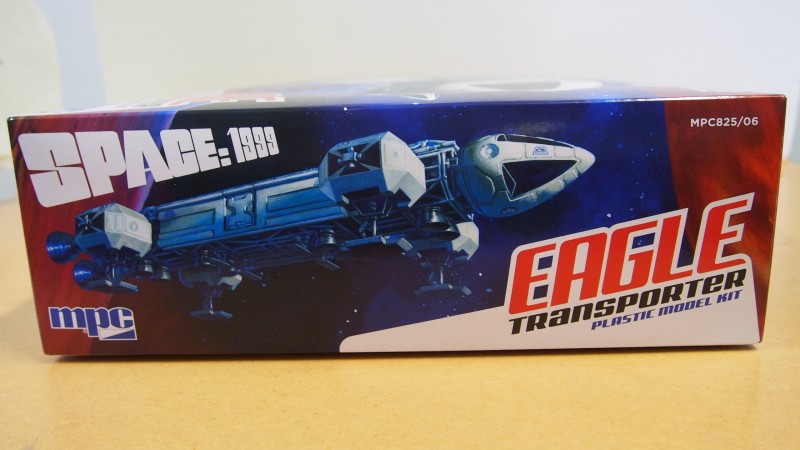

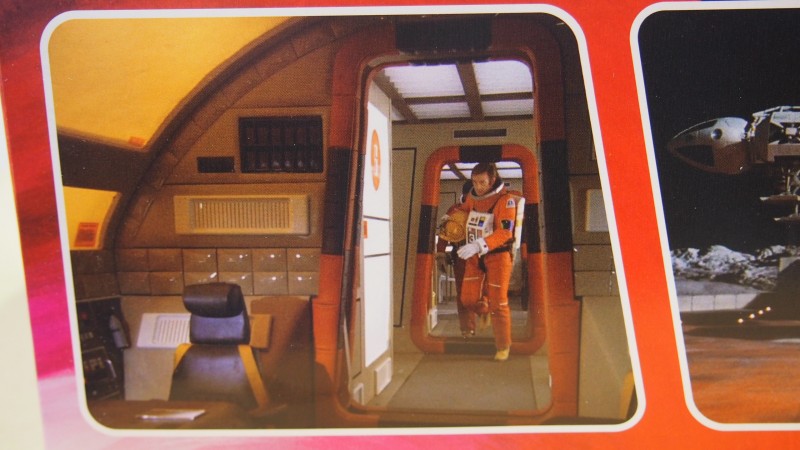

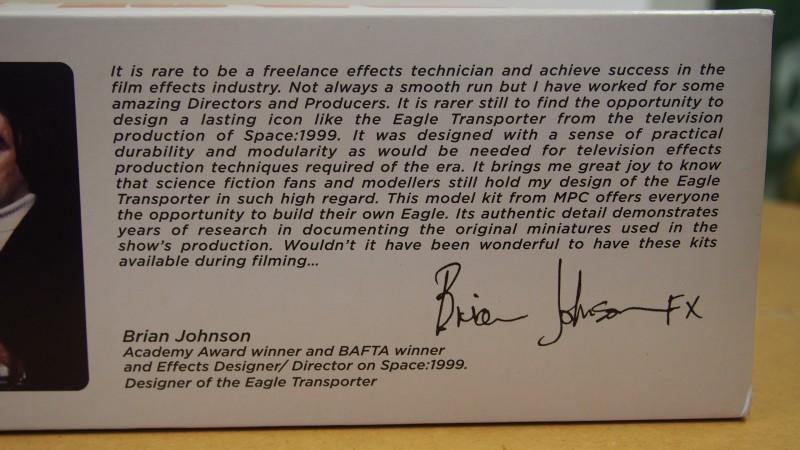

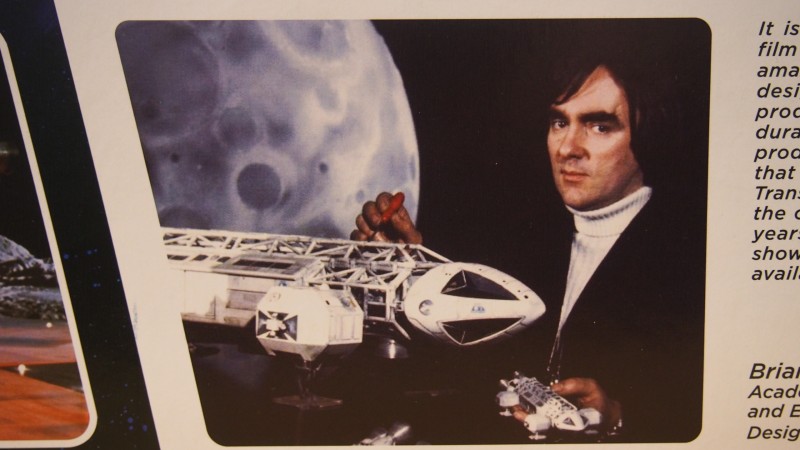

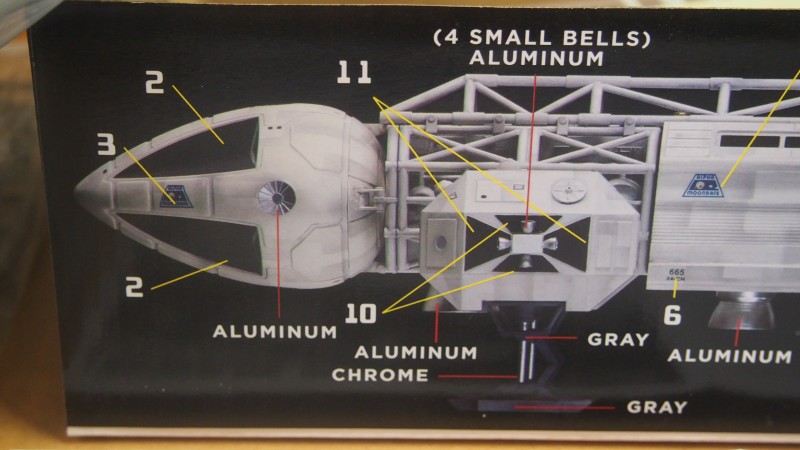

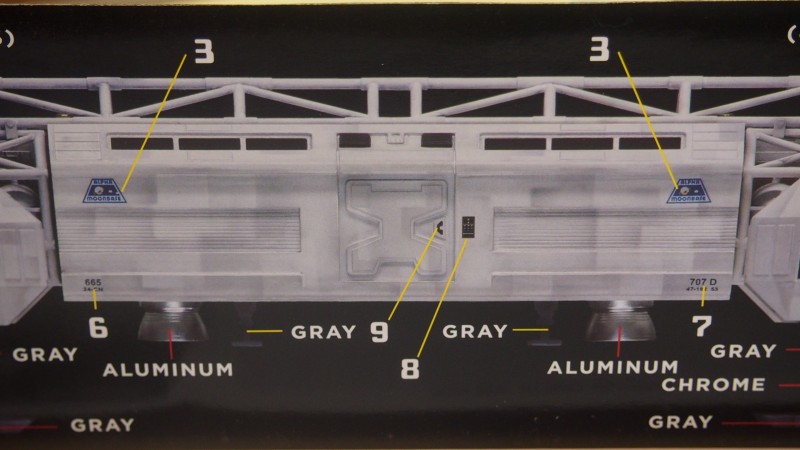

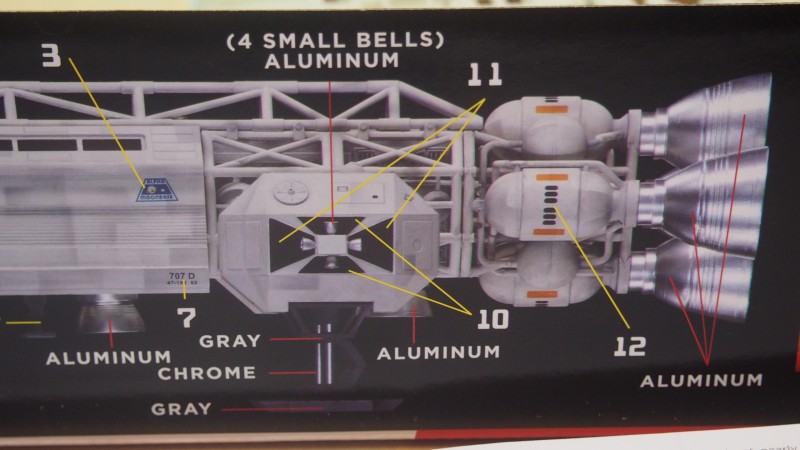

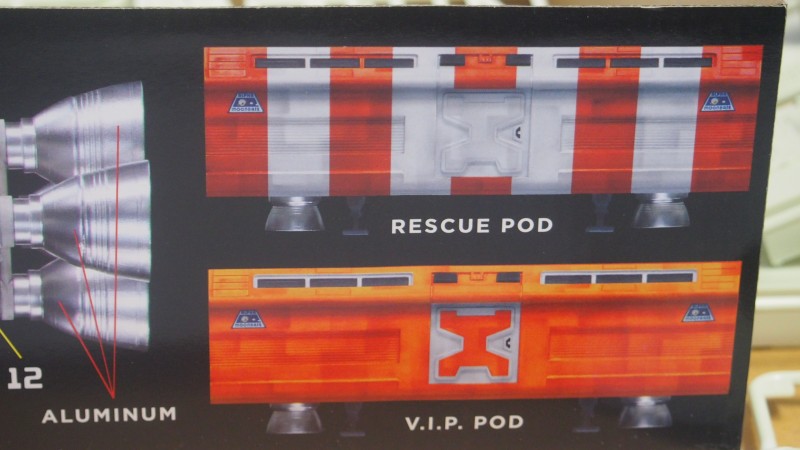

The three basic variants of the Eagle which can be finished using the base kit – transporter, rescue, and VIP. However, it is clear that Round 2 has more plans for the Eagle, and I expect to see freight, lab, and Nuke pods before too long (cross fingers) as well as boosters and other toys.
They already have metal engine bells available, but these are as pricey as the kit itself, and the effect can be achieved almost as well with Alclad metal paint and some care.
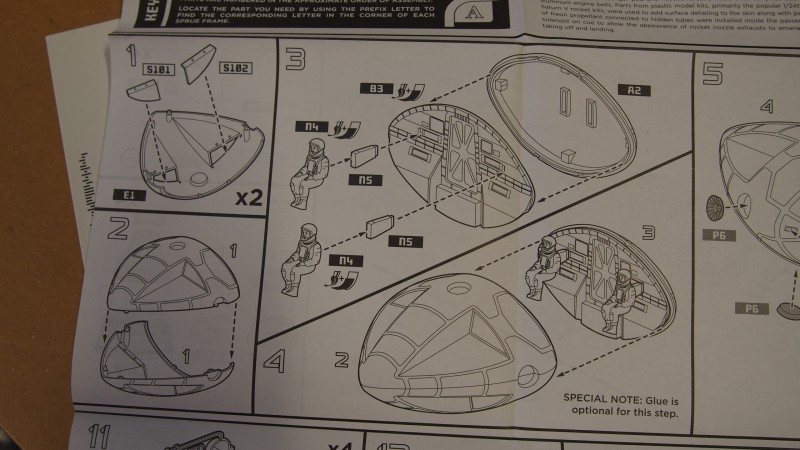

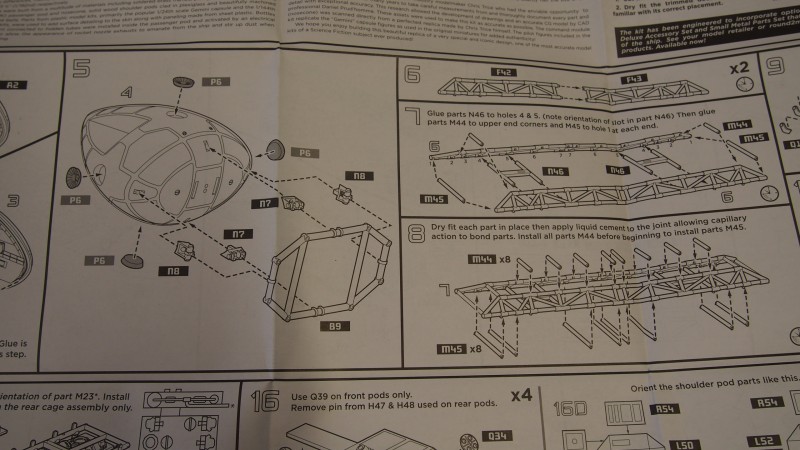

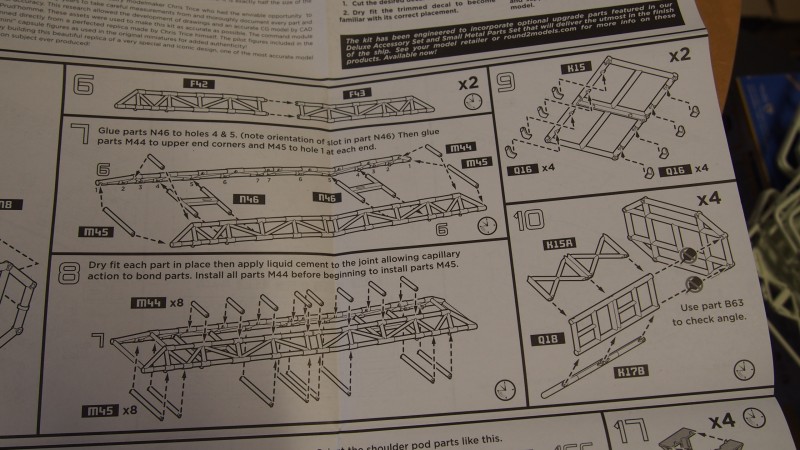

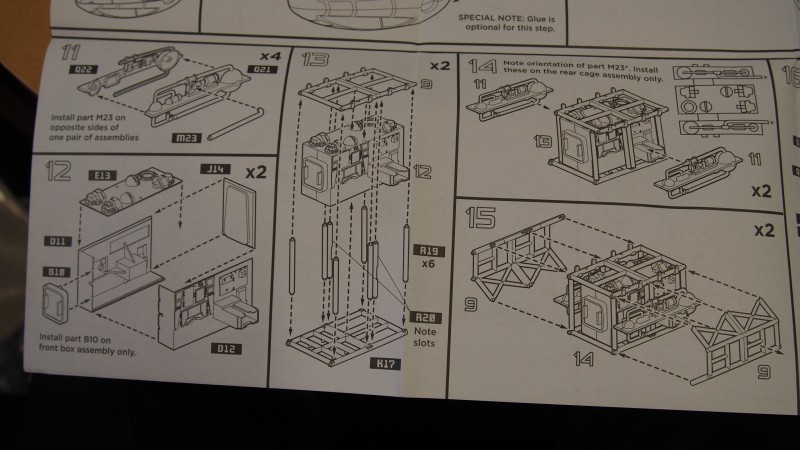

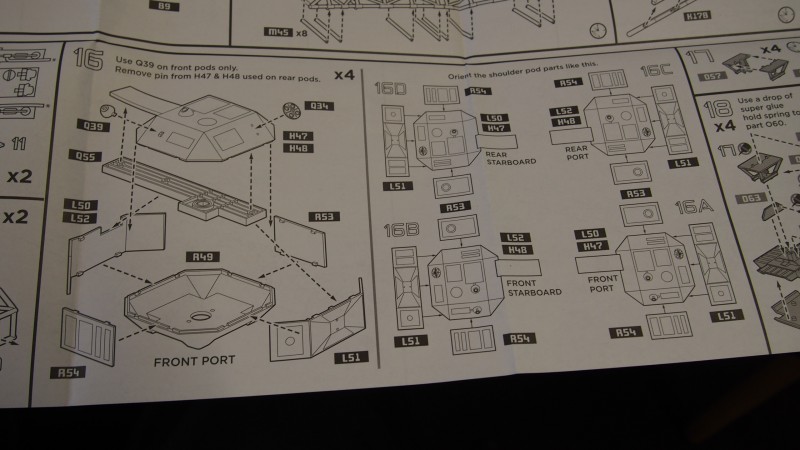

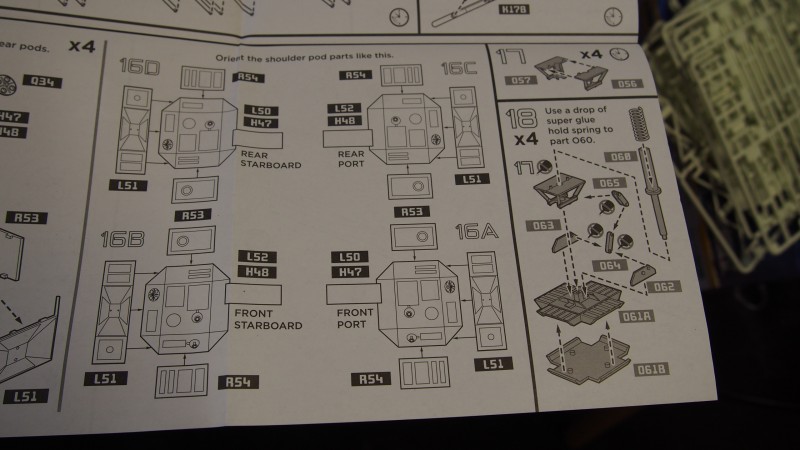

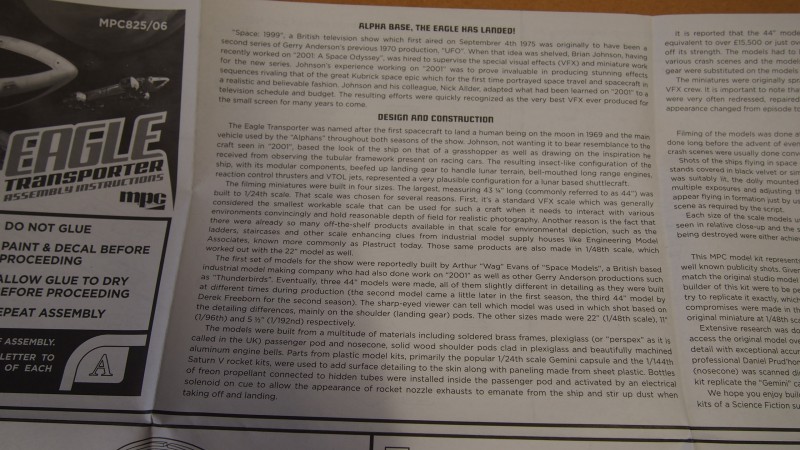

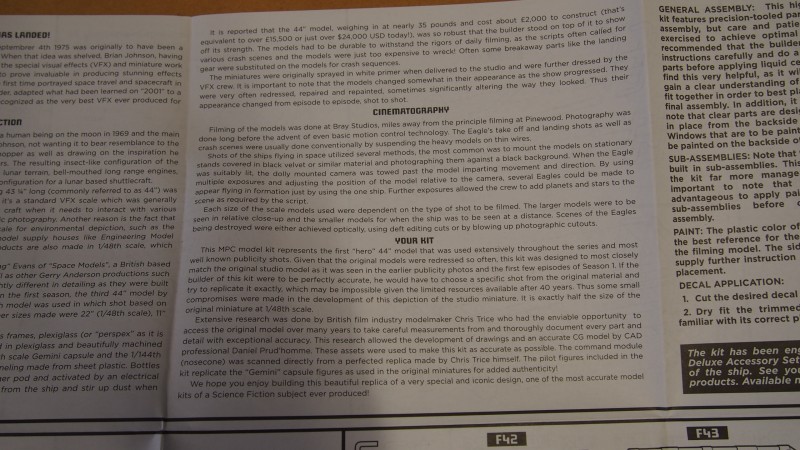

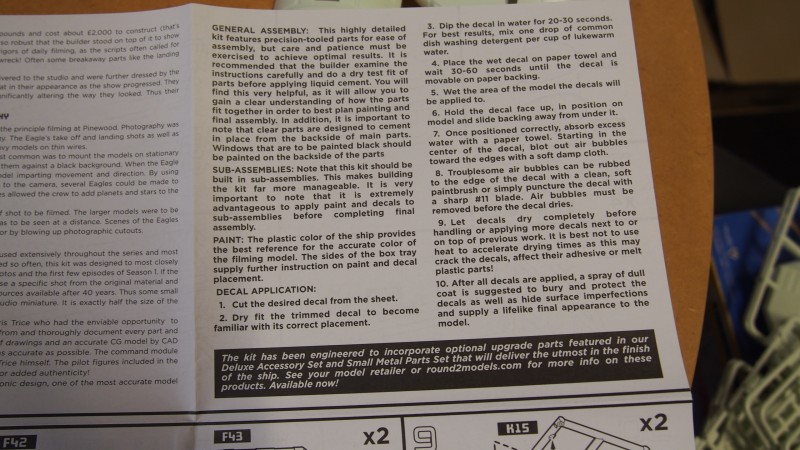

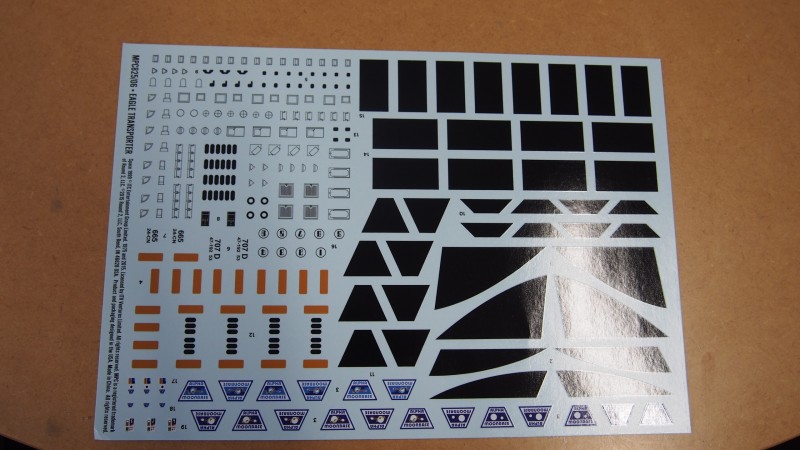

The decals for this kit are — though well done — a tad fragile. People using decal softeners should take care.
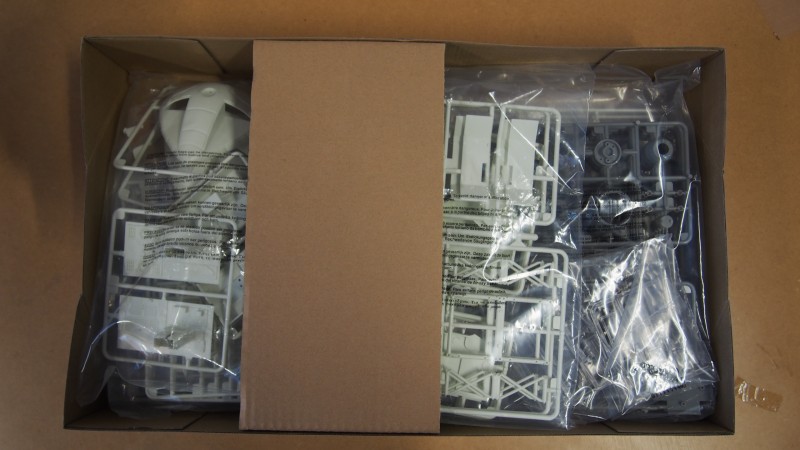

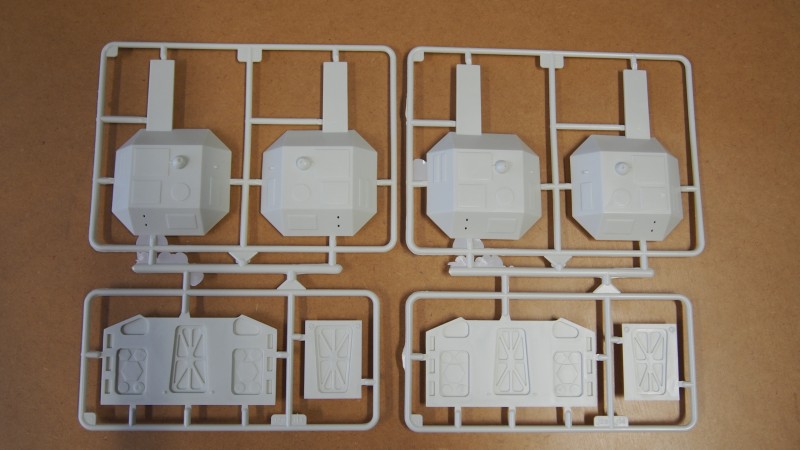

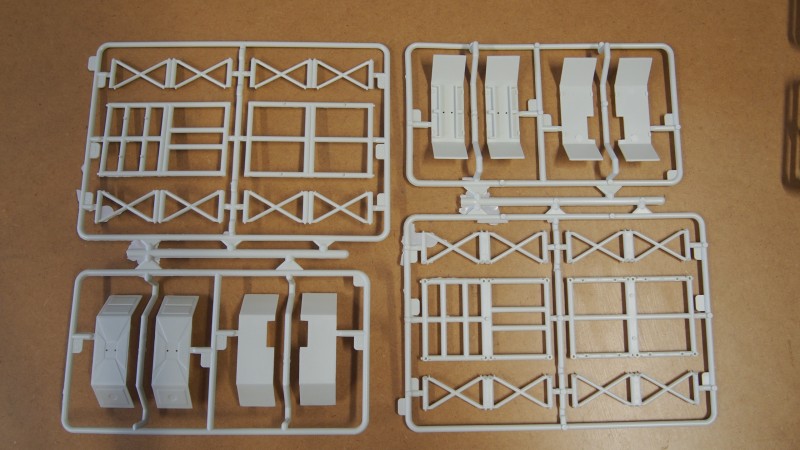

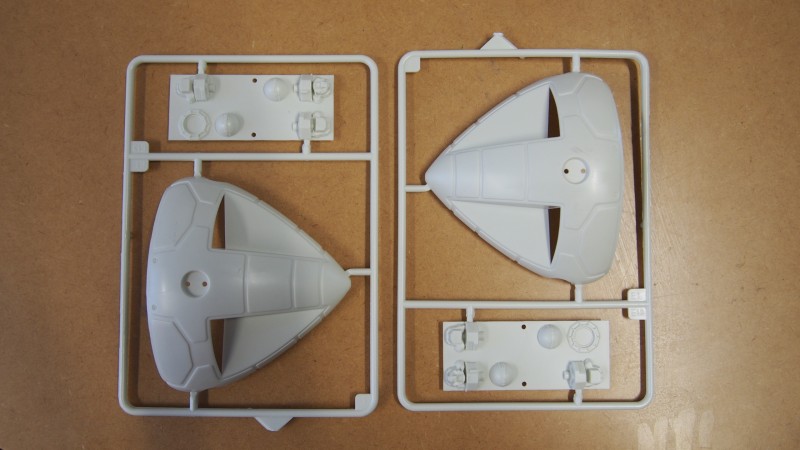

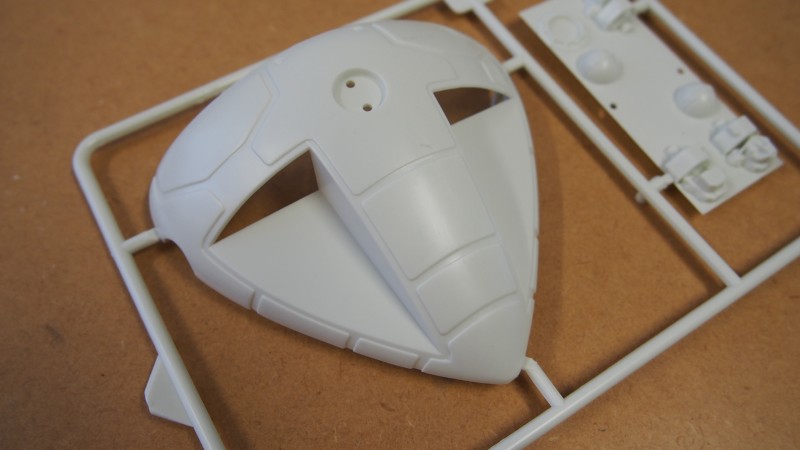

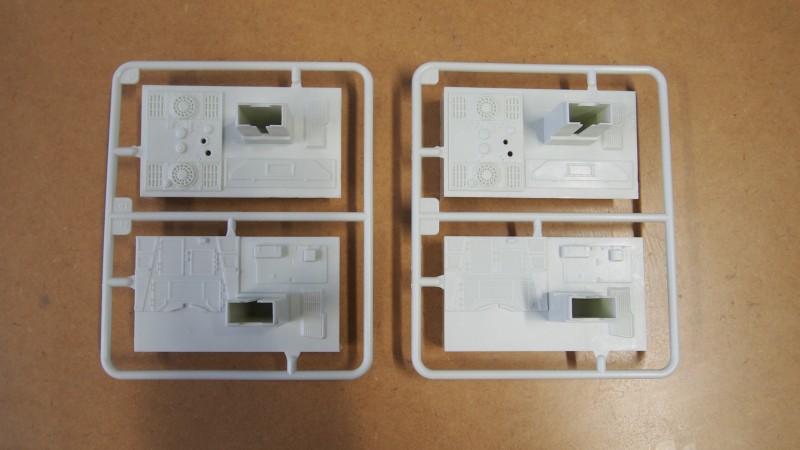

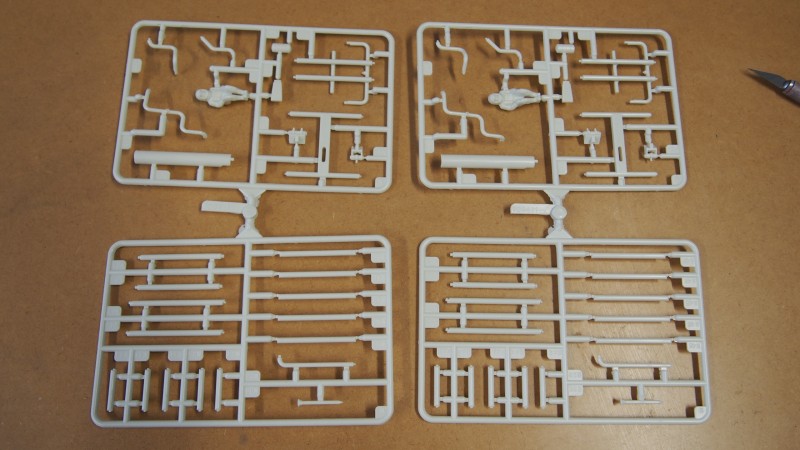

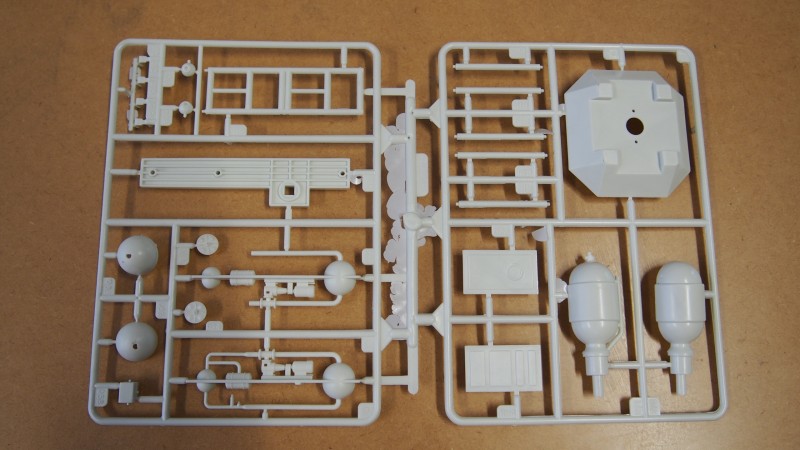

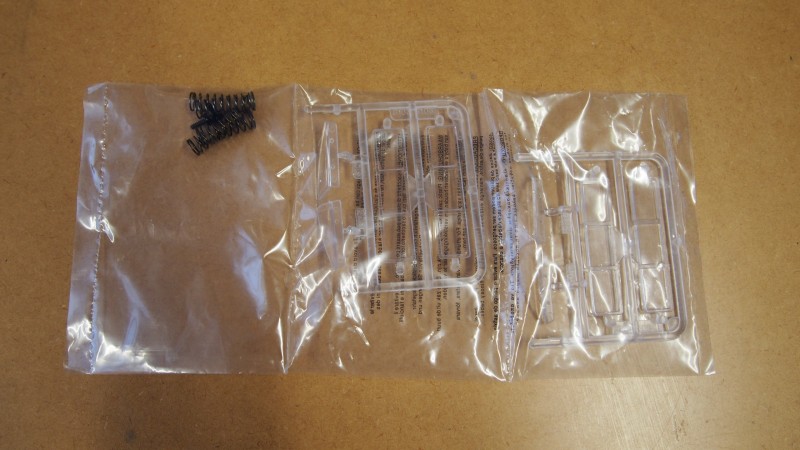

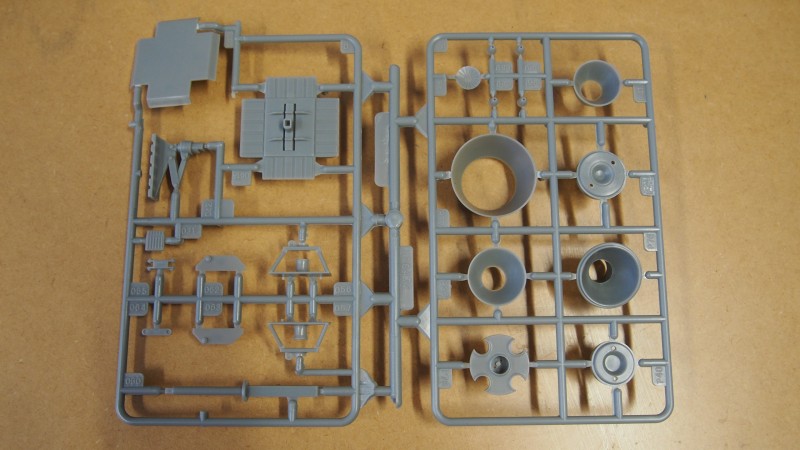

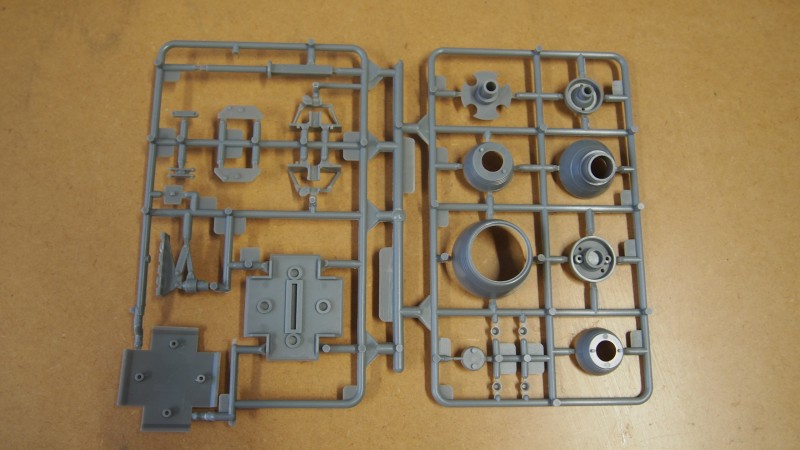

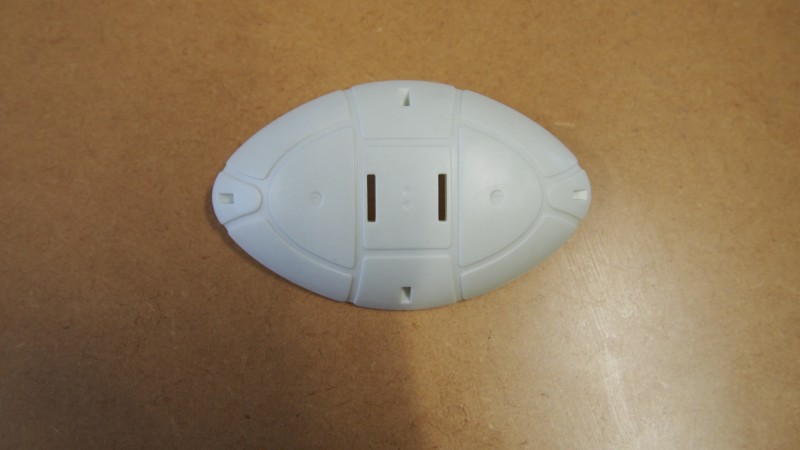

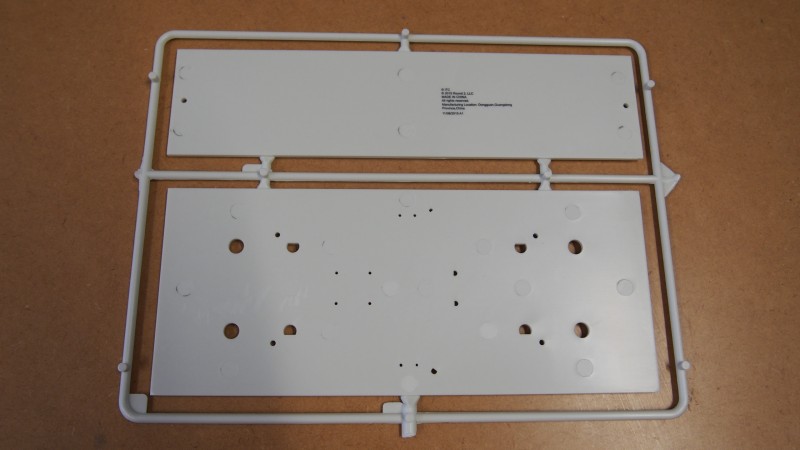

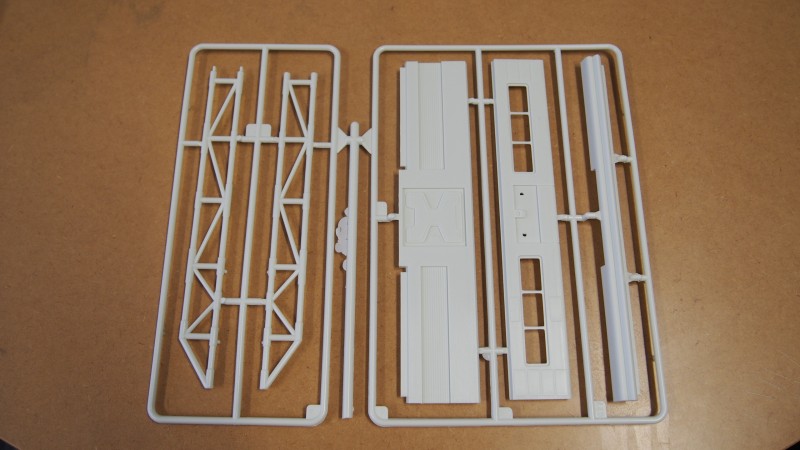

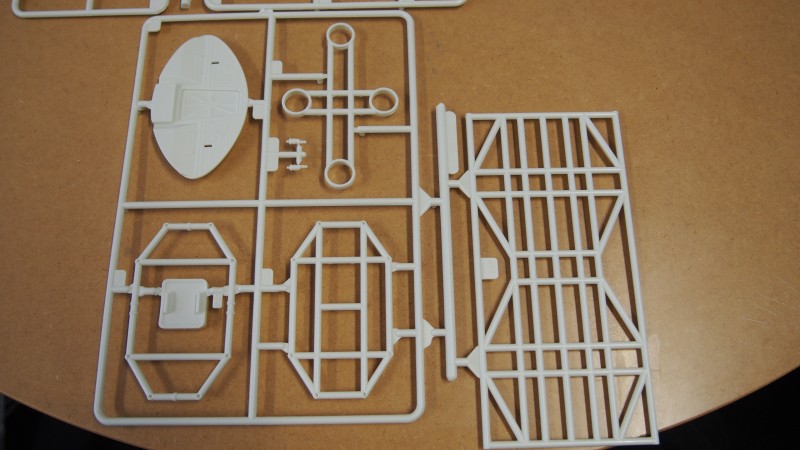

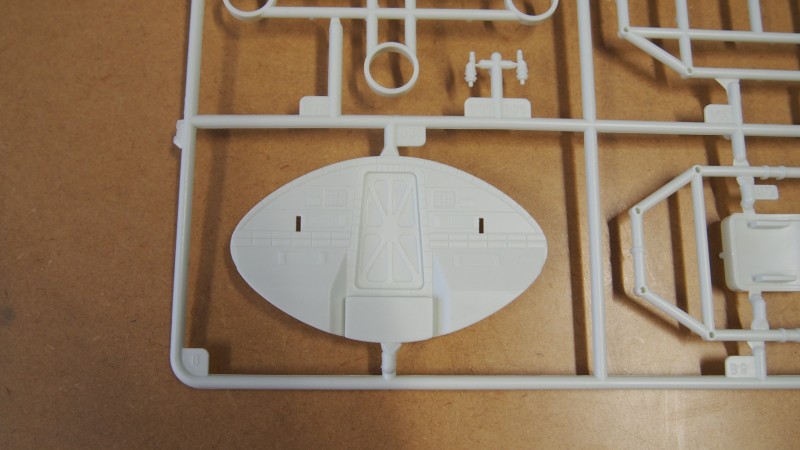

Greater Than the Sum of its Parts…
If ever a kit was the product of a community it is this kit… Round 2 has a well-deserved reputation for bringing classics back to the world, and the Eagle has always deserved a quality, large scale build.
Lets get this on!
Dr. Robodaz.
